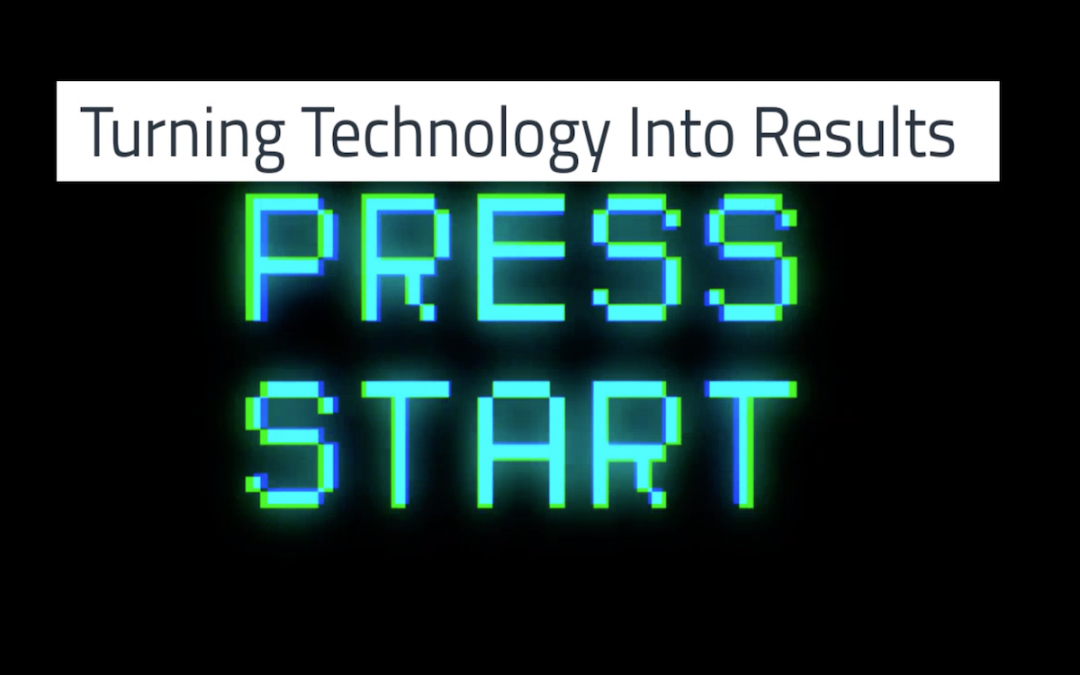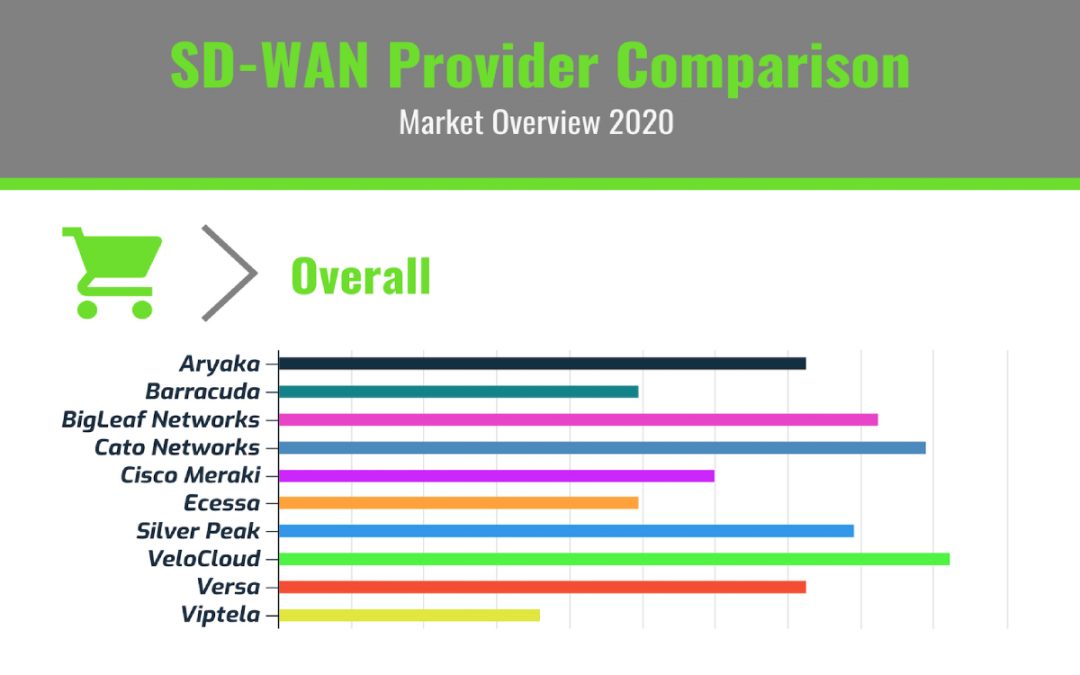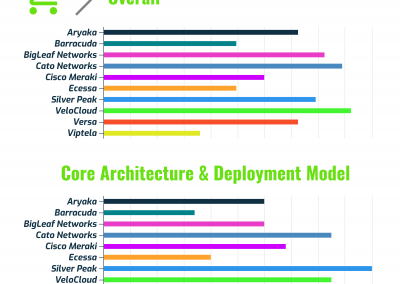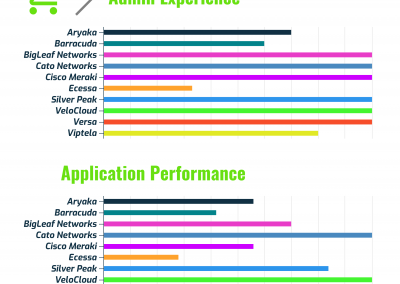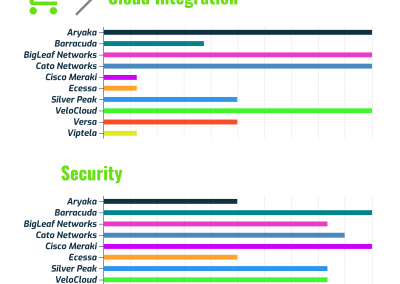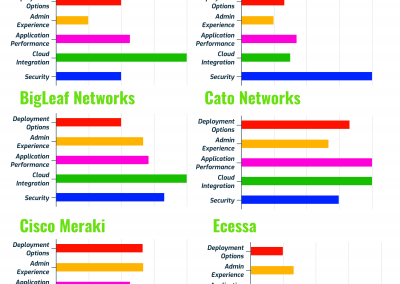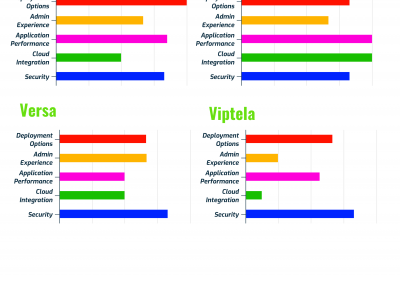
UCaaS, is it Inevitable?
Most IT and business leaders are at least topically aware of Unified Communications as a Service (UCaaS), a cloud-based combination of PBX, conferencing, and collaboration tools, focused into a single interface for the lofty goal of allowing any user to communicate via any method from any device, at any location, any time. While UCaaS can provide a more agile and resilient solution than traditional premise-based systems, a large number of businesses have not yet made the jump. If you’re a Mid-Market organization, and you haven’t yet standardized your phone systems across your locations, or if you have a premise-based enterprise solution (often undergirded by an expensive and inflexible MPLS network, or some other form of private networking), or you have a UCaaS solution and don’t believe it’s the right solution (or even that it’s not being properly leveraged in your organization), then you fall into this group, and you’re faced with the significant task of determining if, when, and how you ought to make the change.
If the Comtel Group was already selected to lead you through the assessment of your technology needs, then we would focus on the areas that matter the most to you. Since writings like this are a one-way medium, we instead have to cover quite a bit more ground to make sure we hit all the right topics. We’re going to cover a lot here, and we recognize that not everything we write about in this series will be what matters to you, so we do encourage you to pick and choose from the series as it makes sense to your organization.
If you’re at some point along this line of questioning, then this series will provide incisive clarity in addressing your concerns. When it comes to those key questions (if, when, and how you ought to migrate to a UCaaS solution), many leaders find themselves challenged, worried, and even procrastinating on these decisions. If this describes you, don’t feel bad. You’re actually quite justified in these concerns! However, if you’ve been delaying deciding on this topic, we must stress that you can’t avoid this decision forever. In fact, by not making a decision, you are making the decision. As the business world continues to shift toward the cloud, even traditional premise-based system manufacturers are shifting into UCaaS models. No matter how long you stretch it out, you’ll eventually have to consider replacing your system with a cloud-based solution. If you’re going to face this decision eventually, then you’re better off doing it on your terms, in a way that avoids unnecessary pressure.
Large Service Providers try to downplay the significance, but UCaaS evaluations and implementations are often challenging and complex, and for most buyers there can be no sacrifice to the quality of communications. Whether you have an Avaya, ShoreTel, Cisco, Mitel, or other legacy enterprise PBX, all of the same features are still present in today’s UCaaS solution, as is the underlying complexity. Defining and managing all of these features was already a beast, but the additional options from UCaaS introduce even more complications. Call Centers are now multi-channel, adding in email, web chat, and social media. Collaboration now adds functions like screen and document sharing, video conferencing, and even persistent chat to all but the most basic extensions. There’s a lot to address!
To top it off, most of what you read is being pushed out by Solution Providers, from their sales team’s perspective.
This series is written from a buyer’s perspective.
While it’s true that leading UCaaS providers like Ring Central, 8x8, Vonage, and others are amazing at what they do, what they really do is grow their subscriber base and revenue. Those goals will rarely align with yours. When considering PBX and UCaaS solutions, your desired outcomes will focus around:
- R.O.I.
- A smooth and hassle-free migration
- Ease of use and administration
With the typical sales agent’s desire to score as high a ticket as possible on every sale, there is immediate and direct opposition to what is perhaps the most fundamental outcome of any purchase: ROI. Sales people are paid by the amount they sell. They aren’t going to spend a lot of time ensuring your configuration is optimized to give you the best return (and often don’t have the technical or business savvy to anyways), especially when that means cutting into their commissions to fund the expertise and training you’re going to want for such a transition.
More so to the issue, the typical Solution Provider’s average technical skill set provides a limited ability to deliver a smooth and hassle-free migration. With the box-checking mentality of a Solution Provider’s provisioning team, it’s practically impossible to get clear answers or consistent results. This puts a tremendous strain on any migration, and is often the largest source of stress and pain for many businesses.
And if the migration didn’t go well, you can bet that training and ongoing administrative needs are going to also produce underwhelming yields. A problematic migration leaves many loose ends to be discovered over time. The lack of thoughtful planning, incisive design, and disciplined notation translates not only to a higher probability of features being improperly implemented or not even set up at all, but is also likely indicative of incomplete or even non-existent codification in the documentation process. Considering the leadership and responsiveness of repair and administrative teams of large Service Providers are often below the level of the already insufficient provisioning teams, this leaves the onus of understanding your system and how to manage your configuration squarely in your lap.
None of this has to be the case! You can leverage your power as the buyer to negotiate the funding that provides the expert support you need.
We assert that often, deep and specialized expertise is necessary for complex technologies like UCaaS. We subscribe to the powerful and proprietary strategy to acquire the expertise in a manner that is both strategic and cost-effective, called SmartProcureTM.
Regardless of what technology you’re evaluating, one of the first decisions you ought to be considering, and the one most often overlooked, is who will represent you in the market. Many will skip ahead in this article assuming this is marketing fluff. Don’t make that mistake. Many clients have pointed out it is a fiduciary responsibility. Every Service Provider bakes in a percentage of your monthly bill that gets paid to your Sales Agent. While you might negotiate your total bill down, there is no way to negotiate out the percentage that gets paid to the salesperson. And, to be clear, this is the salesperson who gets you your first contract. This is not the project manager that leads installations, the technical support team that resolves trouble tickets, nor is it the account manager who handles your upgrade orders.
SmartProcureTM is a straight-forward strategy: rather than waste dollars on sales people, utilize an agent that will apply the commissions toward quality expertise you need to achieve the right experience with an evaluation, implementation, or support program. Get rid of unnecessary sales people, and put all your dollars to work for you.
The Comtel Group is a 30-year-old collective of business and IT thought leadership that specializes in evaluating, implementing, and supporting technologies bought through large and mid-size Service Providers (SP’s). Our experience is carved from close to 1,000 migrations, encompassing dozens of technologies. We have dedicated hundreds of hours of study on all aspects of the UCaaS lifecycle, for the purpose of improving the 3 essential outcomes: ROI, smooth and hassle-free migration, and ease of use and administration.

